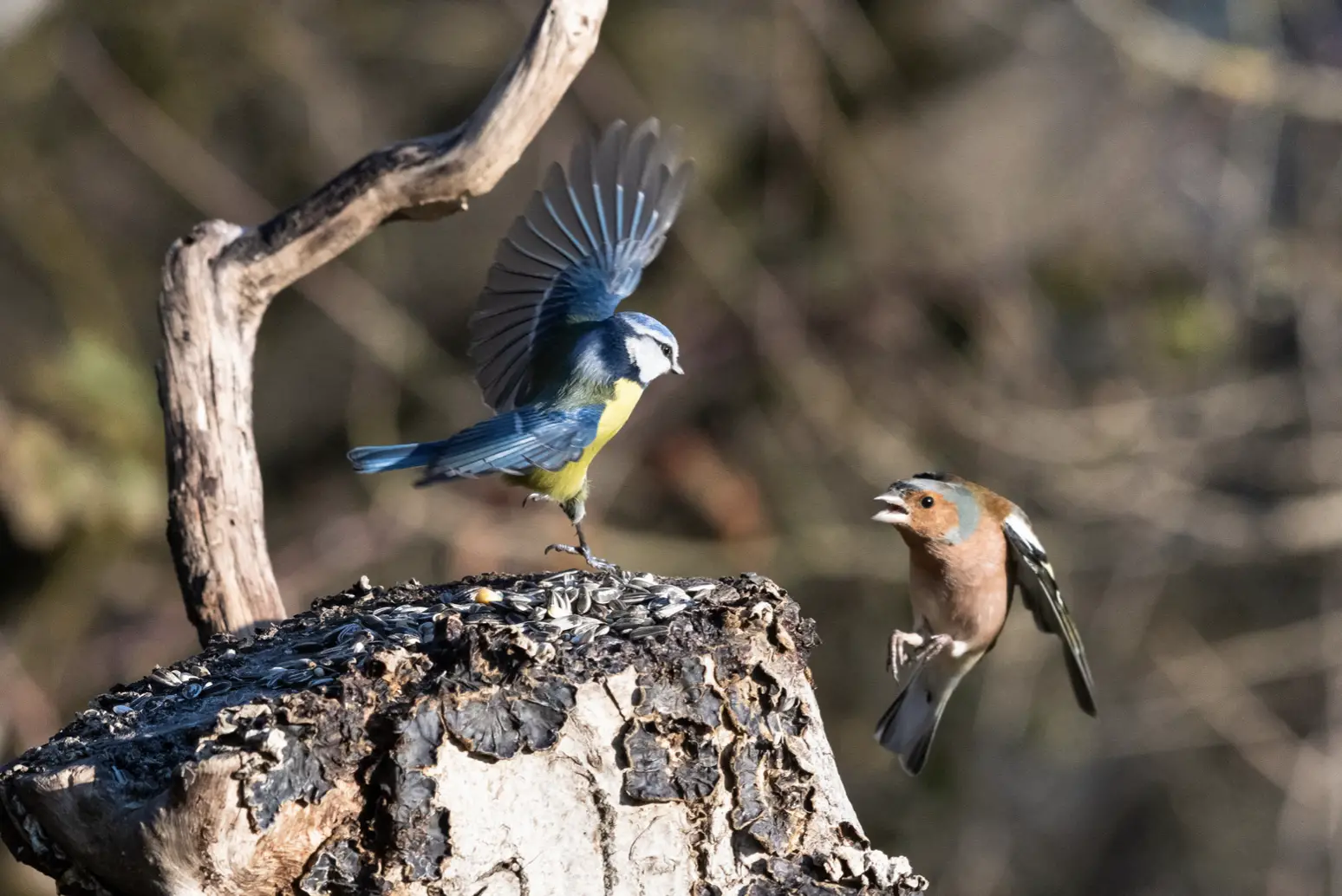Bird territories are areas where birds claim ownership and defend against other birds of the same or similar species. The size of a bird’s territory depends on many factors, including the type of bird, the availability of food and nesting sites, and the density of the local population. Birds use a variety of strategies to defend their territories, including aggression, song, and display.
Most birds are territorial during the breeding season, when they are trying to attract a mate and establish a nesting site. However, some birds are territorial year-round, while others only defend their territories during certain times of the year. Some birds will even share their territories with other birds of the same species.
Bird territories can vary greatly in size. Small birds, such as finches, may have territories that are only a few square meters in area. Larger birds, such as eagles, may have territories that span thousands of square kilometers.
The boundaries of bird territories are often not clearly defined, and they can change over time. Birds may move their territories in response to changes in the environment, such as the availability of food or nesting sites.
Bird territories are important for the survival of the species. By defending their territories, birds ensure that they have access to the resources they need to survive and reproduce. Territories also help to keep populations of different bird species from interbreeding, which can lead to genetic problems.
Territorial behaviour is when a bird defends an area against other birds of the same or similar species. This behaviour is often seen during the breeding season, when birds are trying to establish a nesting site. However, some birds are territorial year-round, while others only defend their territories during certain times of the year.

